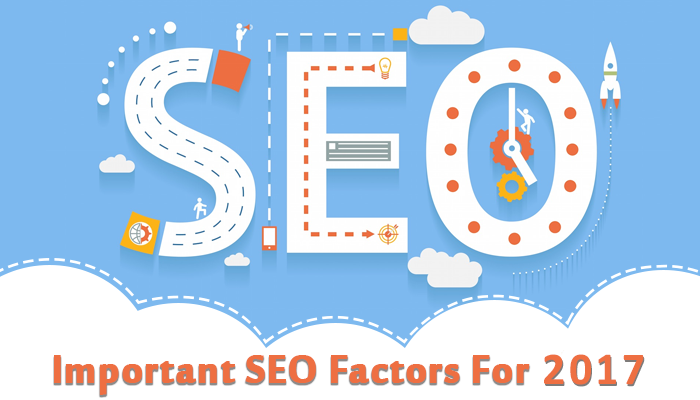From mastering the basics of local SEO optimization to keeping tabs on Google’s ongoing algorithm changes, staying on top of SEO trends is enough to give any brand whiplash. Trust me. I’ve seen it. And it isn’t pretty.
Sure, your company has covered the basics: you’ve claimed your Google listing for local search optimization, you’ve researched geo-specific keywords and you’ve optimized inbound anchor link text.
Don’t rest on your laurels just yet.
If your brand wants to be competitive with SEO in 2017, these are just the first steps. You’ll need to nail schema markup, optimize for user search intent, and ensure your website is as speedy as possible for mobile search. These three trends have already emerged as must-dos for SEO in 2017.
Here’s what you need to know:
Structured data markup
According to Over the Top SEO, “Crawler friendliness” is a major Google on-site ranking factor. It’s especially important for showing up in Google search features like Quick Answers and Rich Card that rely heavily on machine learning. In fact, machine learning is now Google’s third most important ranking factor. Google’s use of Quick Answers in search results jumped to over 40% in early 2016, and we can expect an even larger increase in the coming year. So how can you utilize Structured data markup to help Google’s crawlers easily find the information they need on your website?
Structured data markup is used to describe “things” and “properties” on your site. For example, if you ran a food blog with recipes, structured data would describe the things (the recipes) as well as the properties of these recipes (photos, user rankings, ingredient summaries, etc.) When indexing websites, Google can only get this rich, searcher-friendly information from your site’s structured data markup. Without it, Google will simply pull any text it thinks is relevant from your page and display it in that boring little blurb in organic search results. If you employ structured data markup, visitors will know right away that your site can give them the information they need – and they will click through accordingly.
Accelerated Mobile Pages (AMP)
Today, more searches are performed via mobile devices than desktop computers. Correspondingly, Mobile commerce grew three times faster than e-commerce in 2015. Even if a mobile search doesn’t immediately lead to an online purchase, the search still plays a major role in purchasing decisions. Deloitte estimates the impact of mobile search to be close to $970 billion on offline purchases, according to Search Engine Watch. In a mobile-first world, speed matters. Nearly half of all visitors will abandon a website if it takes more than three seconds to load. Google’s solution? Force companies to speed up their websites.
Accelerated Mobile Pages (AMP) is a stripped-down version of the mobile web. AMP eliminates all “extra” information about a web page, super-charging load speed. Since this has been found to be of paramount importance to mobile surfers, Google places AMP sites at the top of organic search results when it detects that a user is on a mobile device. Consequently, non-AMP sites are penalized and pushed further down, regardless of their content or relevancy.
Remember 2015’s so-called MobileGeddon, when businesses panicked that their websites would be penalized if they weren’t mobile-friendly? Google giving prime positioning to AMP sites is the new MobileGeddon, and most brands aren’t prepared. Fortunately, the stripped-down nature of AMP makes it easy to create AMP versions of the most critical and visible portions of your site. This is a must if you want to maintain or improve your standing in mobile search results in 2017.
Optimize for user search intent
User search intent can be broken down into three main categories:
- Goal: Deliver searcher immediate answer/clarification.
- Goal: Bring searcher to the pre-determined destination.
- Goal: Assist searcher in completing a purchase or task.
When creating content for your website, consider how each user will come to a specific page. For example, will they arrive there in response to an informational search or a transactional search? Since the end goal for these two types of searches is very different, it’s important to understand how and why a user is arriving on your site so you can immediately serve them the information they need while guiding them towards your preferred outcome. Otherwise, you risk your prospect bouncing off your site altogether.
When it comes to SEO, there’s no silver bullet that can take your website straight to the top of search results – despite what many snake oil salesmen claim. But once you’ve covered the basics of SEO, these three strategies are critical to keeping your business competitive in 2017.





